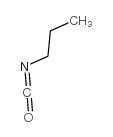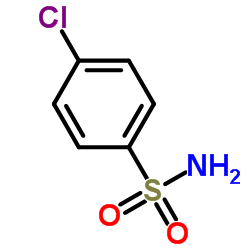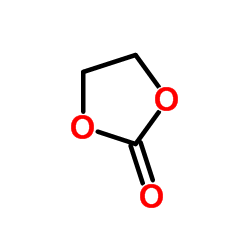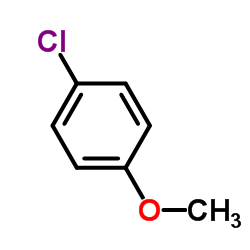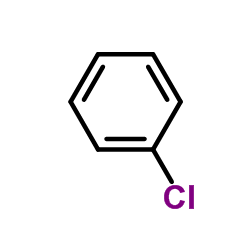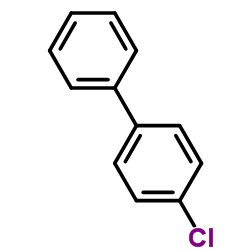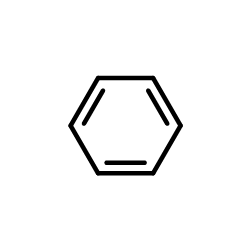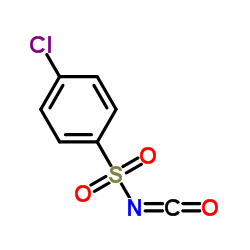94-20-2
| Name | chlorpropamide |
|---|---|
| Synonyms |
Chloropropamide
Benzenesulfonamide, 4-chloro-N-((propylamino)carbonyl)- chlorpropamide Benzenesulfonamide, 4-chloro-N-[(Z)-hydroxy(propylimino)methyl]- EINECS 202-314-5 4-chloro-N-(propylaminocarbonyl)benzenesulfonamide N-[(4-Chlorophenyl)sulfonyl]-N'-propylcarbamimidic acid MFCD00079004 Benzenesulfonamide, 4-chloro-N-[(propylamino)carbonyl]- clorpropamida [INN_es] 1-(4-chlorophenyl)sulfonyl-3-propylurea 4-Chloro-N-(propylcarbamoyl)benzenesulfonamide |
| Description | Chlorpropamide is an oral antihyperglycemic agent used for the treatment of non-insulin-dependent diabetes mellitus (NIDDM).Target:Chlorpropamide belongs to the sulfonylurea class of insulin secretagogues, which act by stimulating β cells of the pancreas to release insulin.Chlorpropamide is not recommended for the treatment of NIDDM as it increases blood pressure and the risk of retinopathy. Up to 80% of the single oral dose of chlorpropramide is metabolized, likely in the liver; 80-90% of the dose is excreted in urine as unchanged drug and metabolites. |
|---|---|
| Related Catalog |
| Density | 1.4±0.1 g/cm3 |
|---|---|
| Boiling Point | 433.5±47.0 °C at 760 mmHg |
| Melting Point | 128 °C |
| Molecular Formula | C10H13ClN2O3S |
| Molecular Weight | 276.740 |
| Flash Point | 216.0±29.3 °C |
| Exact Mass | 276.033539 |
| PSA | 83.65000 |
| LogP | 2.80 |
| Vapour Pressure | 0.0±1.1 mmHg at 25°C |
| Index of Refraction | 1.585 |
| Stability | Stable. Combustible. |
CHEMICAL IDENTIFICATION
HEALTH HAZARD DATAACUTE TOXICITY DATA
MUTATION DATA
|
| Symbol |


GHS07, GHS08 |
|---|---|
| Signal Word | Warning |
| Hazard Statements | H312-H332-H351 |
| Precautionary Statements | P280 |
| Personal Protective Equipment | Eyeshields;full-face particle respirator type N100 (US);Gloves;respirator cartridge type N100 (US);type P1 (EN143) respirator filter;type P3 (EN 143) respirator cartridges |
| Hazard Codes | Xn: Harmful; |
| Risk Phrases | R20/21/22 |
| Safety Phrases | S22-S36 |
| RIDADR | NONH for all modes of transport |
| WGK Germany | 3 |
| RTECS | YS6650000 |
| HS Code | 2935009090 |
|
~92% 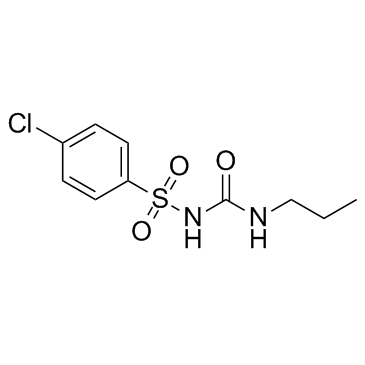
94-20-2 |
| Literature: Tan, Davin; Strukil, Vjekoslav; Mottillo, Cristina; Friscic, Tomislav Chemical Communications, 2014 , vol. 50, # 40 p. 5248 - 5250 |
|
~76% 
94-20-2 |
| Literature: Mizuno, Takumi; Kino, Takanobu; Ito, Takatoshi; Miyata, Toshiyuki Synthetic Communications, 2000 , vol. 30, # 17 p. 3081 - 3089 |
|
~% 
94-20-2 |
| Literature: US4062889 A1, ; |
| Precursor 4 | |
|---|---|
| DownStream 8 | |
| HS Code | 2935009090 |
|---|---|
| Summary | 2935009090 other sulphonamides VAT:17.0% Tax rebate rate:9.0% Supervision conditions:none MFN tariff:6.5% General tariff:35.0% |
